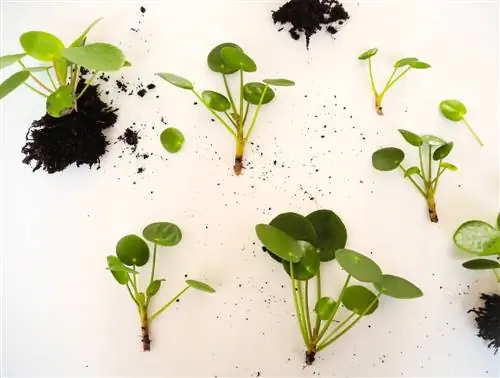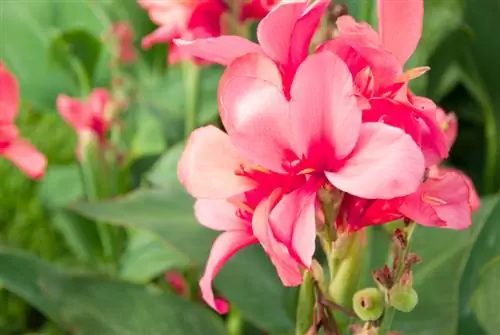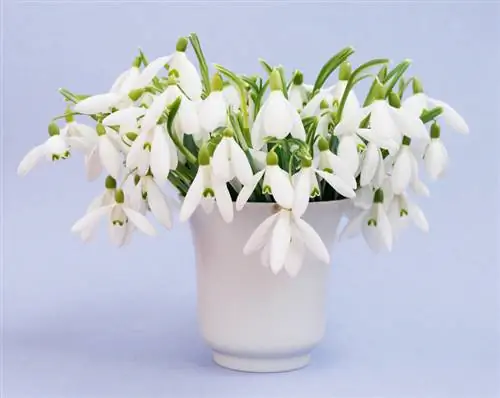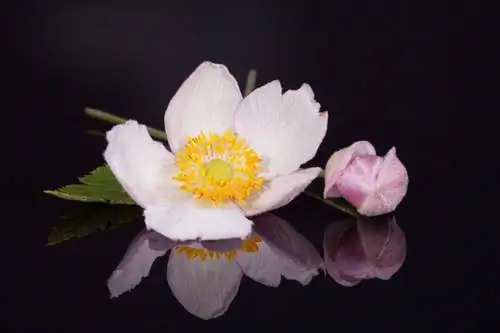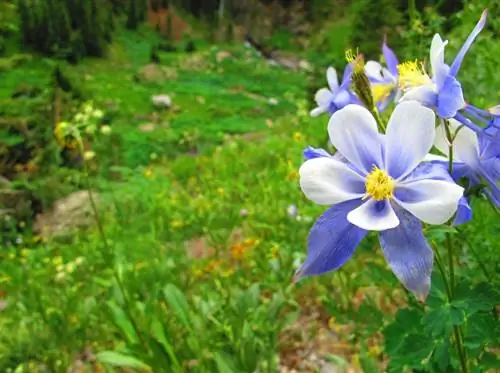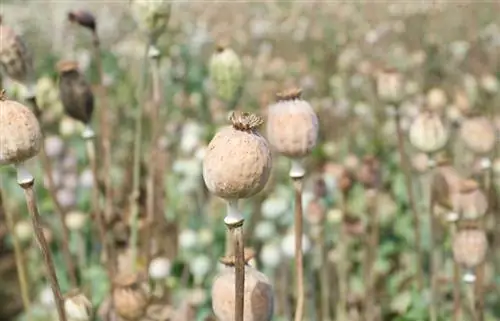- Author admin [email protected].
- Public 2023-12-16 16:46.
- Last modified 2025-01-23 11:22.
With its round, plate-shaped leaves, the UFO plant is probably one of the most impressive houseplants. It would be a shame to remove the attractive foliage. Or does pruning even lead to rejuvenation of the plant? Find out the answer here.

Is it recommended to cut a pilea?
Should you cut a pilea? A Pilea, also known as a UFO plant, usually does not require pruning. However, cutting back the shoots in the event of disease or to rejuvenate the plant can be useful in order to promote more compact and dense growth.
Relevance
Although the Pilea forms comparatively long shoots, in contrast to other overhanging houseplants it remains quite compact and space-saving. It is precisely the large, round leaves that make this exotic houseplant so attractive. If pruning is not necessary due to space constraints, you do not necessarily have to use scissors.
Exceptions
However, cutting back the shoots is advisable in two cases:
- to rejuvenate the plant
- for illnesses
The Rejuvenation Cut
It probably takes some effort at first to cut off the impressive leaves of the UFO plant. However, the UFO plant rewards your courage just a few weeks later with more compact and dense growth. The branches visibly increase and give the plant an even more beautiful appearance.
Diseases
Due to constant care errors, gray mold sometimes spreads on the plant. You can recognize the disease by a gray coating on the leaves. In this case, there is no way around cutting off affected parts of the plant.
Time
The best time for a cut is spring. However, you can carry out smaller interventions such as shortening individual shoots all year round.
Propagate
Where should the long, cut shoots go? As long as they are not affected by diseases, the Pilea can be propagated wonderfully with cuttings. Expanding your plant inventory is child's play and possible all year round. However, the shoots should be at least 4 cm long and have at least 5 leaves. Place the cuttings in a glass of water until visible roots have formed, or plant the shoots immediately in fresh potting soil (6.00 € at Amazon).
Note: The cuttings develop roots much faster in a glass of water. However, at the time of transplanting, these are still so sensitive that they are often damaged.

